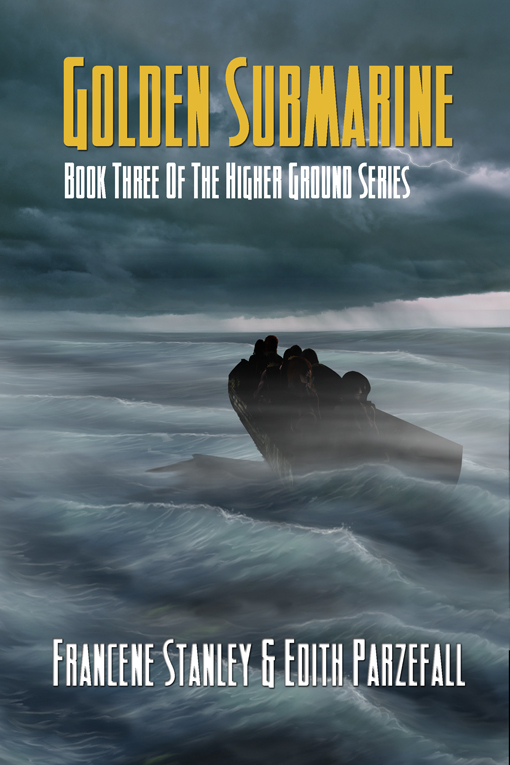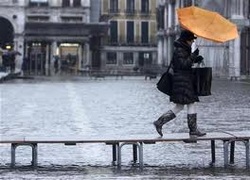
In 1893, the Norwegian explorer Fridtjof Nansen ventured through the "titanic forces" of the ice, amid the "howlings and thunderings" of the floes splitting around his ship. When he reached 860 north, he found himself in a stretch of open water and wanted to head along the open crack in the ice. He thought he might find land on the cap of the world. Nobody had thought of global warming then. Of course, he didn't find land—only more ice.
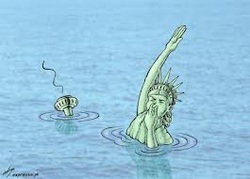
The Arctic is warming much faster than the rest of the planet and the loss of sea ice affects populations. The light-colored sea ice bounces back warmth into space. If it disappears, the Arctic Ocean will absorb more heat. That will cause more warming which will in turn contribute to sea level rise. The link between sea ice and the jet stream dominates some of our weather patterns.
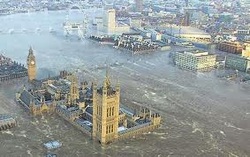
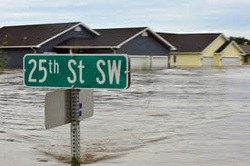

 RSS Feed
RSS Feed




